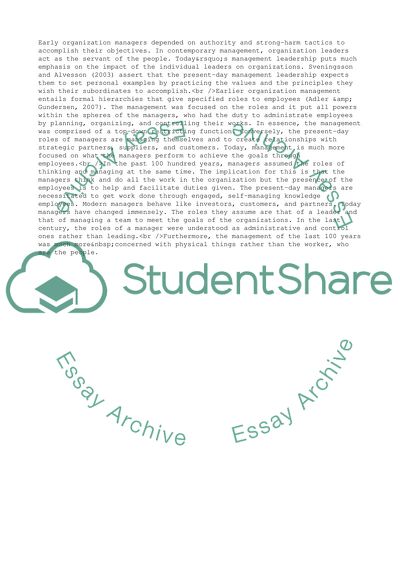Cite this document
(Changing Nature of Organizational Behavior Essay, n.d.)
Changing Nature of Organizational Behavior Essay. https://studentshare.org/management/1696645-subjectorganizational-behaviour
Changing Nature of Organizational Behavior Essay. https://studentshare.org/management/1696645-subjectorganizational-behaviour
(Changing Nature of Organizational Behavior Essay)
Changing Nature of Organizational Behavior Essay. https://studentshare.org/management/1696645-subjectorganizational-behaviour.
Changing Nature of Organizational Behavior Essay. https://studentshare.org/management/1696645-subjectorganizational-behaviour.
“Changing Nature of Organizational Behavior Essay”. https://studentshare.org/management/1696645-subjectorganizational-behaviour.


